Top Pilgrimage Sites Around the World: A Spiritual Journey for Every Belief
Biggie
Nov 19, 2024 . 31 min read

Top Pilgrimage Sites Around the World: A Spiritual Journey for Every Belief
Biggie
Nov 19, 2024 . 31 min read
Table of Contents
The Power of Pilgrimage and Spiritual Tourism
In an era of constant movement, spiritual tourism offers a path toward stillness, self-discovery, and connection. Unlike typical travel, spiritual journeys invite travelers to sacred sites worldwide for personal growth and cultural insight. Today’s spiritual travelers seek not just religious pilgrimage but meaningful experiences that reflect humanity’s shared search for peace and purpose.
This guide explores some of the world’s top pilgrimage sites, key trends in spiritual tourism, and practical tips for mindful travel. From Jerusalem’s ancient streets to the serene landscapes of Sedona, each destination offers a unique path to understanding ourselves and our place in a larger global community.
The Rise of Spiritual Tourism
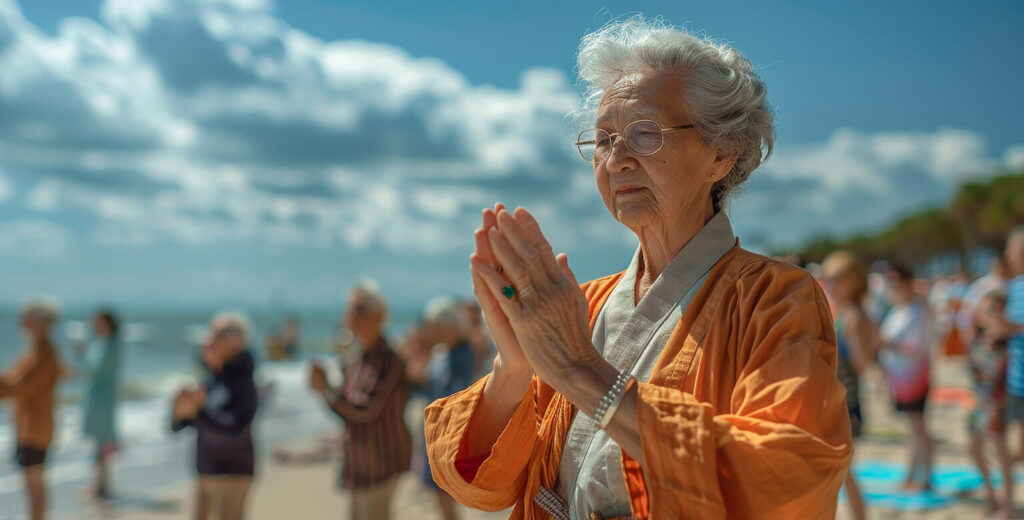
Spiritual tourism has transformed travel by turning it into a journey of personal growth and cultural respect. Unlike traditional tourism, which often focuses on sightseeing, spiritual tourism emphasizes intention, introspection, and a connection to something greater. This shift reflects a rising interest in experiences that nurture mental and spiritual well-being—a trend driven by travelers seeking peace, healing, or clarity in an increasingly hectic world.
Spiritual tourism goes beyond conventional religious pilgrimages. While sites like Mecca, Varanasi, and Jerusalem hold enduring significance, the modern approach is more inclusive, drawing visitors of all backgrounds. Sacred natural locations, wellness retreats, and cultural immersion experiences have also become pillars of spiritual tourism, offering something for everyone, regardless of their beliefs.
In this evolving landscape, spiritual tourism invites travelers to slow down, reflect, and embrace the beauty of cultural diversity. It’s about finding meaning in new places and connecting to oneself through mindful exploration.
Key Trends in Spiritual Tourism
Spiritual tourism continues to evolve, shaped by trends that reflect changing traveler priorities, values, and the desire for deeper experiences. Here are some key trends redefining how people engage with spiritual journeys today:
Eco-Conscious Spiritual Travel
As travelers become more aware of their environmental impact, eco-conscious spiritual tourism has grown significantly. Visitors are now choosing destinations that prioritize sustainable practices and environmental preservation, especially at sites rich in natural beauty. Sacred places like Machu Picchu in Peru have introduced stricter visitor limits to protect their surroundings, while eco-retreats near Mount Fuji promote nature conservation alongside spiritual exploration. This trend resonates with those who see nature itself as a spiritual sanctuary, where respect for the environment is central to their journey. Eco-conscious travel encourages pilgrims to tread lightly, often integrating activities like conservation volunteering or eco-friendly lodging.
Solo Spiritual Journeys
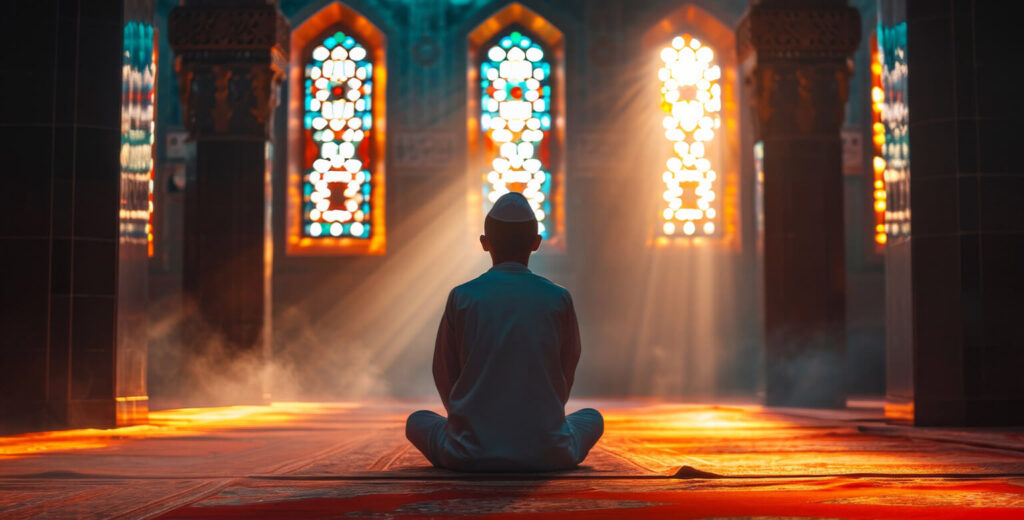
Solo travel has surged in popularity as more people seek personal reflection without the influence of others. For many, traveling alone is a means of self-discovery, and spiritual tourism perfectly aligns with this goal. Destinations like the Camino de Santiago offer structured yet independent experiences where travelers walk hundreds of miles, often alone, with ample time to reflect. Similarly, Varanasi in India attracts solo spiritual seekers who come to experience the city’s intense spirituality at their own pace. The solitude of solo travel allows individuals to engage with spiritual practices more deeply, making room for introspection and personal growth without distractions.
Mindfulness and Wellness Retreats
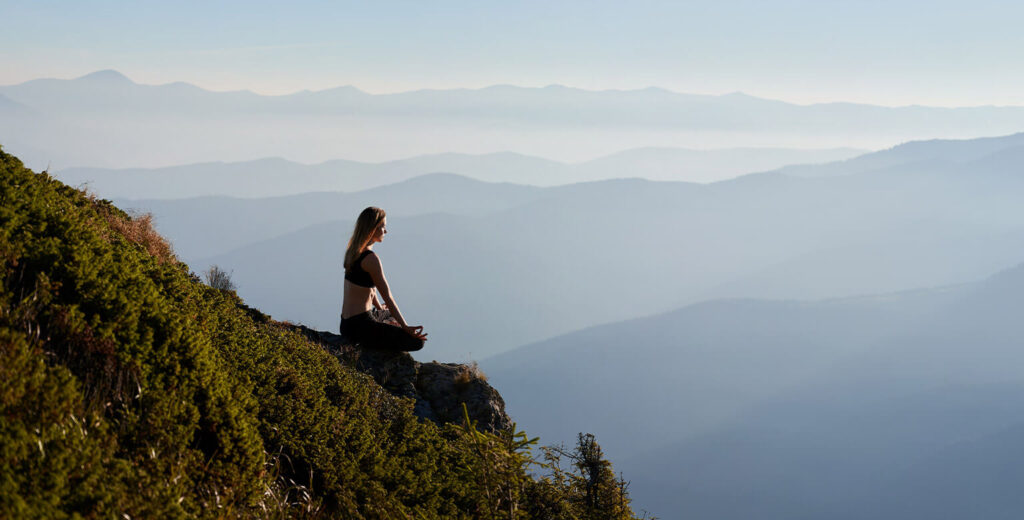
Mindfulness and wellness are increasingly integrated into spiritual tourism as travelers prioritize mental well-being alongside traditional spiritual practices. Retreats in places like Bali, Tulum, and Rishikesh offer immersive experiences in meditation, yoga, and holistic therapies like Ayurveda, Reiki, and sound healing. These retreats allow visitors to reset mentally and physically, fostering a holistic approach to wellness that goes beyond physical health. The popularity of these wellness retreats highlights a growing trend where spiritual tourism overlaps with mental health, providing travelers with tools to manage stress, cultivate inner peace, and achieve balance.
Cultural Immersion and Authentic Local Experiences

As part of spiritual tourism, travelers increasingly seek immersive experiences that allow them to learn from and connect with local cultures. This trend involves going beyond the role of a spectator to actively participate in the spiritual practices of a region. In Bhutan, travelers can join local Buddhist rituals, while in Peru, visitors may experience Andean shamanic ceremonies. This immersion offers a deeper connection to the place and its people, fostering mutual respect and understanding. For travelers, these experiences are invaluable, providing unique insights into how spiritual beliefs shape communities.
Digital Detox and Nature-Based Escapes

In an age of constant digital connectivity, many spiritual tourists are turning to nature as a form of digital detox. Destinations like the Himalayas, the deserts of Morocco, and the forests of Costa Rica offer pristine environments where travelers can disconnect from technology and focus on self-reflection. Nature’s tranquility helps visitors slow down and be present, making it an ideal setting for meditation and contemplation. This trend underscores the desire for unplugging and finding peace in simplicity as travelers realize that stepping away from digital distractions can bring clarity and mental renewal.
Transformational Travel Experiences
Transformational travel—journeys intended to foster significant personal change—is a rapidly growing segment of spiritual tourism. This type of travel encourages individuals to set personal intentions, challenge themselves, and return with a new perspective. Pilgrimage sites that involve physical endurance, like Mount Kailash in Tibet or the arduous Inca Trail to Machu Picchu, have become popular for those seeking transformation. These journeys offer travelers a sense of accomplishment and resilience, often sparking profound changes in how they view themselves and their lives. Transformational travel empowers people to see challenges as opportunities for growth.
Accessibility and Inclusivity
Accessibility in spiritual tourism is increasingly emphasized as sites work to accommodate travelers of all backgrounds, beliefs, and physical abilities. Major destinations, like the Vatican and Jerusalem, have made improvements to become more inclusive, ensuring that people with mobility challenges can navigate these sites. This trend aligns with the values of inclusivity and universal spirituality, allowing individuals of all ages, abilities, and beliefs to share in the experience of spiritual tourism. Some sites also offer informational resources for diverse religious perspectives, creating an environment where everyone can engage with the sacred in their own way.
Top Pilgrimage Sites by Religion and Region
Here’s a deeper look at some of the world’s most revered pilgrimage sites, organized by major religions and cultural significance:
Christian Pilgrimage Sites
Vatican City, Italy

As the heart of the Roman Catholic Church and home to the Pope, Vatican City is a top pilgrimage site, drawing millions of visitors each year. St. Peter’s Basilica, built over what is believed to be the tomb of Saint Peter, is an architectural marvel, with Michelangelo’s Pietà among its treasures. Pilgrims often attend papal audiences in St. Peter’s Square, and the Vatican Museums hold one of the most celebrated art collections, including the Sistine Chapel frescoes.
Camino de Santiago, Spain

Known as “The Way of St. James,” the Camino de Santiago is a historic pilgrimage route with paths converging at the Cathedral of Santiago de Compostela, where Saint James is believed to be buried. Pilgrims walk hundreds of miles across northern Spain, often for weeks, reflecting on their faith or seeking personal insights. The journey offers physical and mental challenges that bring a profound sense of accomplishment and renewal.
Jerusalem
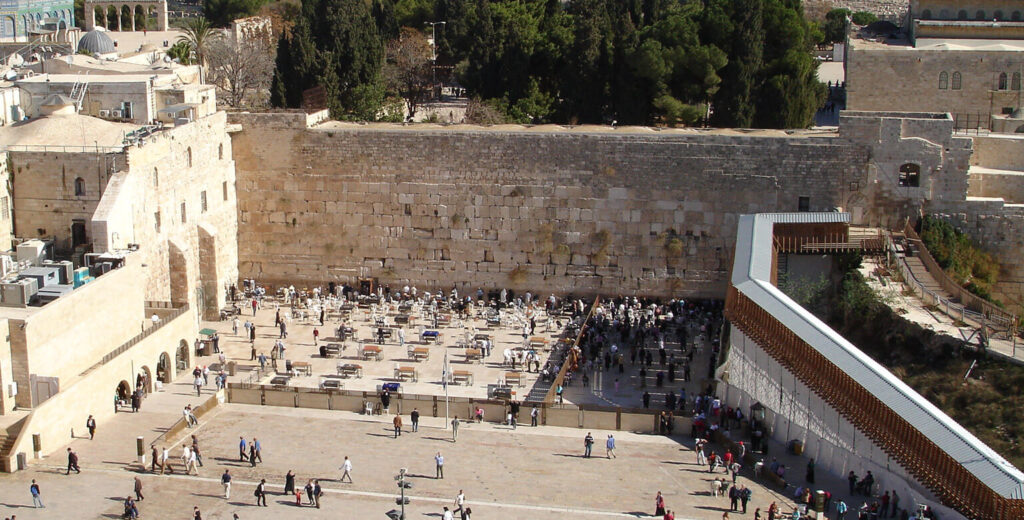
Jerusalem is sacred to Christians, with key sites like the Church of the Holy Sepulchre, believed to be the location of Jesus’ crucifixion and resurrection. Other notable sites include the Mount of Olives, Gethsemane, and the Via Dolorosa, which marks Jesus’ path to the cross. Jerusalem’s Old City is a complex tapestry of religious history, bringing Christians together from all denominations.
Muslim Pilgrimage Sites
Mecca and Medina, Saudi Arabia

Mecca is the holiest city in Islam, where all able-bodied Muslims are called to perform Hajj at least once in their lifetime. The pilgrimage involves rituals around the Kaaba, believed to be built by Prophet Ibrahim. Nearby, Medina holds the Prophet Muhammad’s Mosque, where he is buried. Visiting these cities offers Muslims a profound spiritual experience and a sense of unity as millions come together to perform the same rituals.
Dome of the Rock, Jerusalem
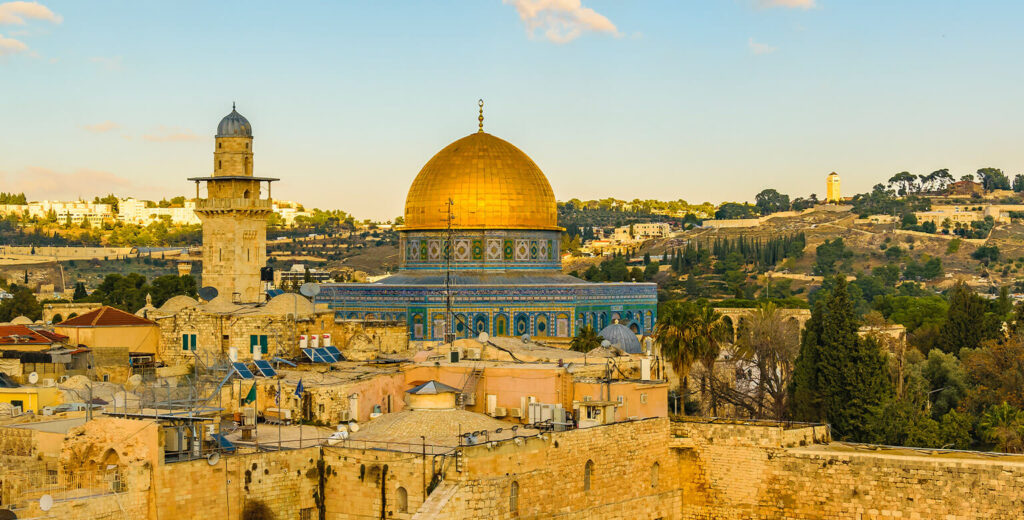
Situated on the Temple Mount, the Dome of the Rock is an iconic symbol of Islamic history. This gold-capped shrine is significant as the site where Prophet Muhammad is believed to have ascended to heaven during the Night Journey. The structure itself is a masterpiece of Islamic architecture, adorned with intricate mosaics and inscriptions, making it a revered site for Muslims.
Hindu Pilgrimage Sites
Varanasi, India
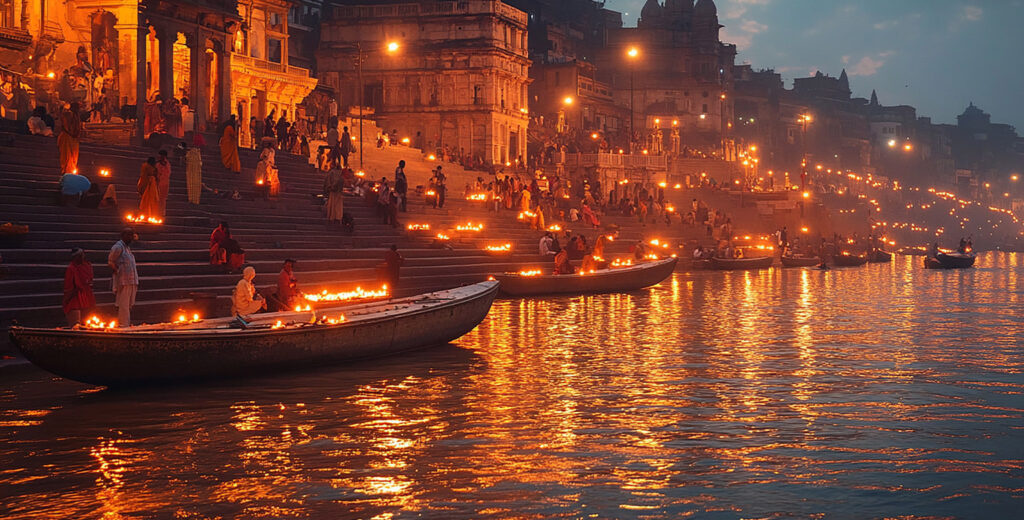
One of Hinduism’s oldest and most sacred cities, Varanasi, on the banks of the Ganges River, is a site of immense religious importance. Hindus believe that dying in Varanasi and being cremated along the river can break the cycle of rebirth. Pilgrims come to bathe in the Ganges, perform rituals, and visit the Kashi Vishwanath Temple, dedicated to Lord Shiva. The daily evening Aarti ceremony is a moving experience, drawing visitors to the ghats to witness the vibrant rituals honoring the river.
Kumbh Mela, India
Held every 12 years in rotation at four locations—Allahabad, Haridwar, Ujjain, and Nashik—the Kumbh Mela is one of the largest religious gatherings in the world. Millions of pilgrims gather to take a dip in the sacred rivers, seeking to purify their souls. The Kumbh Mela is also a celebration of Indian spirituality, with sadhus, or holy men, performing rituals and offering blessings. The festival attracts people of all backgrounds, creating a powerful sense of community.
Mount Kailash, Tibet
Revered by Hindus as the abode of Lord Shiva, Mount Kailash is a remote and challenging pilgrimage site in Tibet’s Himalayas. Pilgrims circumambulate the mountain, a journey of immense physical difficulty and spiritual significance. The sacred mountain is also holy to Buddhists, Jains, and Bon practitioners, making it a unique convergence point of multiple faiths.
Buddhist Pilgrimage Sites
Bodh Gaya, India
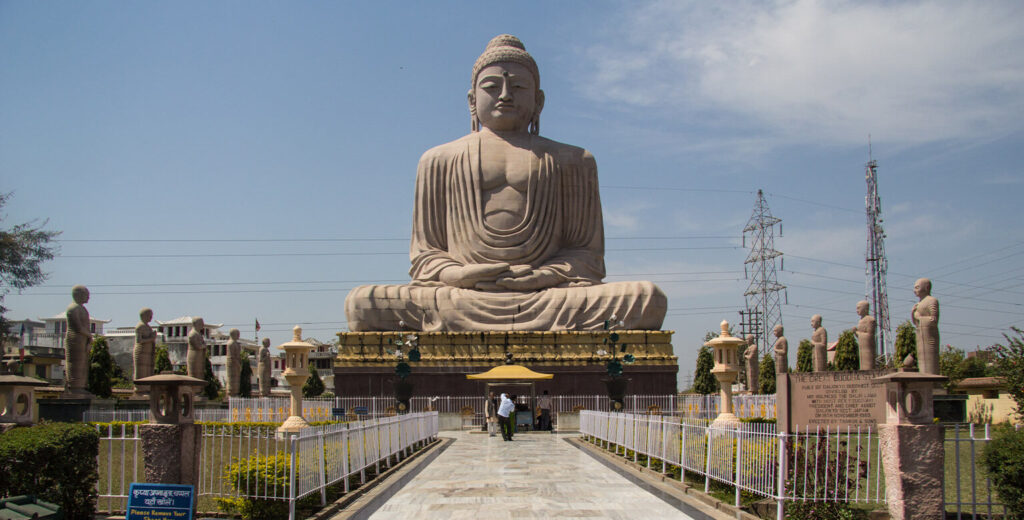
Bodh Gaya is where Siddhartha Gautama attained enlightenment beneath the Bodhi Tree, making it Buddhism’s most significant pilgrimage site. The Mahabodhi Temple complex, a UNESCO World Heritage site, houses a descendant of the original Bodhi Tree. Pilgrims from around the world come to meditate here, often staying for days to absorb the site’s peaceful ambiance.
Lumbini, Nepal
As the birthplace of the Buddha, Lumbini is a place of deep spiritual resonance. The site includes the Maya Devi Temple, where the Buddha was born, and the Sacred Garden. Buddhist communities from different countries have built monasteries in Lumbini, creating a multicultural environment where pilgrims can learn about diverse Buddhist practices.
Shwedagon Pagoda, Myanmar
This golden pagoda, towering over Yangon, is one of Myanmar’s most sacred sites, enshrining relics of the Buddha. Covered in gold and adorned with precious gems, Shwedagon Pagoda is a stunning sight and a center for Buddhist worship. The atmosphere around the pagoda is vibrant with prayer and ritual, attracting pilgrims from across Southeast Asia.
Indigenous and Cultural Pilgrimage Sites
Machu Picchu, Peru
This ancient Incan city, set high in the Andes Mountains, is a UNESCO World Heritage site and holds sacred significance for Andean people. Many visitors consider the journey to Machu Picchu a spiritual trek, traversing the Inca Trail to reach the ruins. Surrounded by mountains and mist, the site exudes a mystical atmosphere that captivates both spiritual tourists and history enthusiasts.
Uluru, Australia
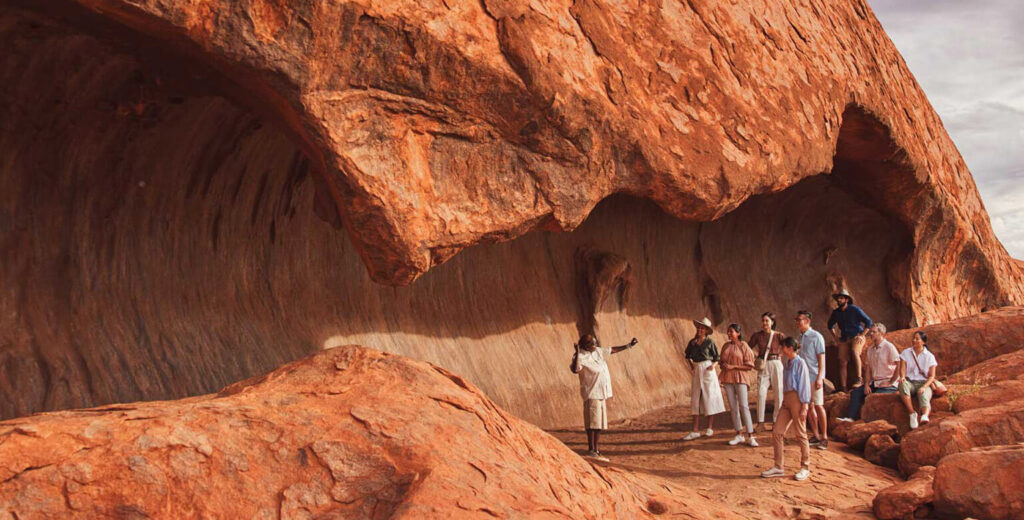
Uluru, also known as Ayers Rock, is a massive sandstone monolith in Australia’s Northern Territory. Sacred to the Aboriginal Anangu people, Uluru is central to their Dreamtime creation stories. Visitors are encouraged to honor the cultural significance of Uluru by learning about its mythology and respecting the Anangu’s wishes regarding certain areas of the rock.
Mount Fuji, Japan
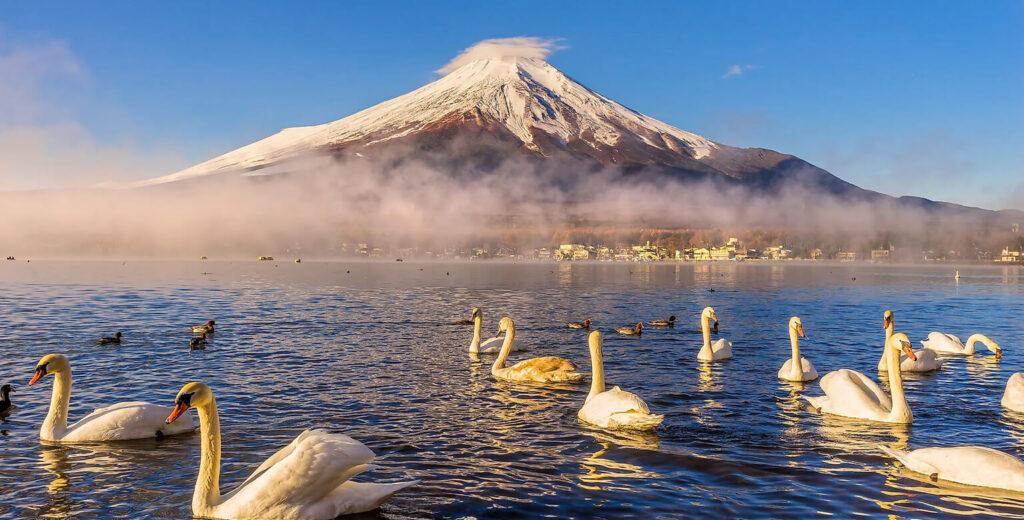
As Japan’s tallest mountain, Mount Fuji has long been revered in Japanese culture as a sacred symbol. Pilgrims ascend the mountain during the summer months, with the climb representing a journey toward enlightenment. The serene landscapes surrounding Fuji provide a quiet space for introspection, attracting travelers who seek both a physical and spiritual challenge.
Pilgrimage Sites for the Modern Spiritual Tourist
For spiritual tourists of all backgrounds, several sites have universal appeal, whether for natural beauty, healing properties, or cultural significance:
- Nature’s Spiritual Sanctuaries: Places like Sedona (USA) and Mount Shasta (USA) are celebrated for their natural energy, attracting visitors seeking tranquility and spiritual clarity. Their landscapes provide a quiet space for meditation and reflection.
- Sacred Sites Known for Healing and Transformation: Destinations like Lourdes (France) and Bali (Indonesia) have long histories as places of healing and transformation. Visitors often come here seeking physical wellness or mental rejuvenation through traditional practices and natural remedies.
Embracing a Spiritual Journey: Practical and Mindful Travel Tips
Embarking on a spiritual journey requires thoughtful preparation and a mindful approach. Whether visiting sacred religious sites or exploring natural sanctuaries, these tips will help you get the most out of your spiritual travel experience:
Preparing for a Pilgrimage
- Set Clear Intentions: Before you embark on a pilgrimage or spiritual journey, take time to reflect on why you’re undertaking this experience. Are you seeking inner peace, healing, or personal growth? Setting clear intentions allows you to stay focused and open to transformation. Journaling about your goals or creating a small ritual to mark the start of your journey can be powerful ways to begin with purpose.
- Learn About the Destination: Understanding the history and significance of a site can greatly enrich your experience. Take time to learn about the local culture, spiritual traditions, and customs of the place you’ll be visiting. This background knowledge not only helps you connect more deeply but also shows respect for the people and beliefs associated with the site.
- Condition Physically and Mentally: Some pilgrimage sites require physical stamina, such as long walks or mountainous terrain. Preparing your body through light physical training, like walking or stretching, can help you enjoy the journey without physical strain. Equally important is mental preparation—consider incorporating meditation or breathing exercises into your routine to cultivate patience and resilience, which are essential for spiritually intense journeys.
Practicing Respect and Understanding Local Customs
- Dress Modestly and Appropriately: Many sacred sites have specific dress codes as a sign of respect. Research the expectations beforehand; some locations require covering shoulders, arms, or legs, while others may ask visitors to remove shoes or wear head coverings. Dressing modestly helps demonstrate reverence for the space and the traditions upheld by the community.
- Follow Local Etiquette and Rituals: In many pilgrimage sites, certain behaviors are expected or prohibited. For example, maintaining silence in a temple or mosque, refraining from photography, or observing specific rituals, like washing before entering. Be mindful of your actions and follow any posted guidelines to avoid unintentionally disrupting local customs.
- Practice Active Listening and Openness: Engaging with locals or guides who are part of the culture or faith can offer unique insights into the site’s significance. Approach these interactions with curiosity and humility, asking questions respectfully and listening with an open heart. Locals often have personal stories or traditions tied to the site that can deepen your understanding and respect for the place.
Embracing Self-Reflection and Mindfulness
- Create Personal Rituals: Setting up small rituals during your journey, such as lighting a candle, reciting a mantra, or pausing to reflect at significant spots, can deepen your experience. Personal rituals help you connect with your intentions and provide meaningful moments of pause, grounding you throughout the journey.
- Journal Your Experiences: Writing down your thoughts, feelings, and observations can help you process your journey and capture moments of clarity. Journaling allows for reflection both during and after your trip, helping you to see how the experience has impacted you over time. Many travelers find that revisiting their journal entries later brings new insights and renewed inspiration.
- Practice Mindful Breathing and Meditation: Practicing mindfulness through meditation or deep breathing can help you stay present during your journey. When you arrive at a significant site, take a few moments to close your eyes, breathe deeply, and center yourself. This simple practice enhances your ability to absorb the energy of the place and find calm amidst potentially crowded or busy environments.
Letting Go of Expectations and Embracing the Unexpected
- Release Preconceived Notions: It’s easy to arrive with certain expectations about what a site or experience will feel like, but spiritual journeys often surprise us. Letting go of rigid expectations allows you to remain open to whatever the experience holds, whether it’s awe, joy, discomfort, or peace. Embracing this openness often leads to unexpected insights and deeper growth.
- Embrace Spontaneity: Some of the most profound moments on a spiritual journey come when plans go awry or when you take an unplanned detour. Allow yourself to deviate from schedules or itineraries if a new opportunity arises, such as joining a local ceremony, taking an alternative route, or spending extra time at a particular place. These spontaneous experiences can offer unique perspectives and enriching encounters.
Reflecting and Integrating the Experience
- Take Time for Post-Journey Reflection: The benefits of a spiritual journey often continue long after the trip ends. Set aside time to reflect on what you’ve learned or gained from the experience once you’re back home. This could be through continued journaling, meditation, or discussing your journey with close friends. Post-journey reflection helps you integrate the insights gained, making them a lasting part of your growth.
- Consider Sharing Your Experience: Sharing your experience with others, whether through storytelling, blogging, or conversation, can help solidify what you’ve learned. Additionally, hearing others’ reflections may offer new perspectives on your own journey. Sharing respectfully—without the intention to impress or convert—can inspire and connect others who may be on similar paths.
Conclusion: Discovering Yourself and the World Through Spiritual Tourism
Spiritual tourism offers more than just a change of scenery; it invites travelers to embark on journeys that foster self-discovery, cultural understanding, and inner peace. Whether you’re drawn to sacred sites by faith, curiosity, or the search for meaning, each destination offers a chance to reflect on your place in a larger, interconnected world. By engaging in mindful travel, visitors not only deepen their own spirituality but also contribute to a broader respect for diverse beliefs and practices. Spiritual tourism is, in essence, a reminder that each journey has the potential to transform us—connecting us with ourselves, others, and the beautiful tapestry of human culture. Let your next trip be more than a destination; let it be a path to understanding.
FAQs
Q: What’s the difference between pilgrimage and spiritual tourism?
While a pilgrimage is traditionally religious, spiritual tourism is broader, attracting travelers interested in personal growth and connection.
Q: How do I choose the right pilgrimage site for me?
Choose based on your beliefs, goals, and interests. Research sites to find one that resonates with your journey.
Q: What should I pack for a pilgrimage or spiritual journey?
Essentials include comfortable clothing, a journal, spiritual reading materials, and basic supplies for personal reflection.
Q: When is the best time to visit popular pilgrimage sites?
Research each site’s optimal seasons and climate, as some are busiest or most challenging during specific times.
Q: How should I behave or dress at a pilgrimage site?
Respect the site’s customs by dressing modestly, speaking softly, and observing any rituals or rules.
Q: What are some pilgrimage sites welcoming to all faiths?
Sites like Sedona (USA) and Mount Shasta (USA) are open to people of various beliefs, welcoming all who seek spiritual renewal.
Ready for an amazing stay?
Make Your Trip







